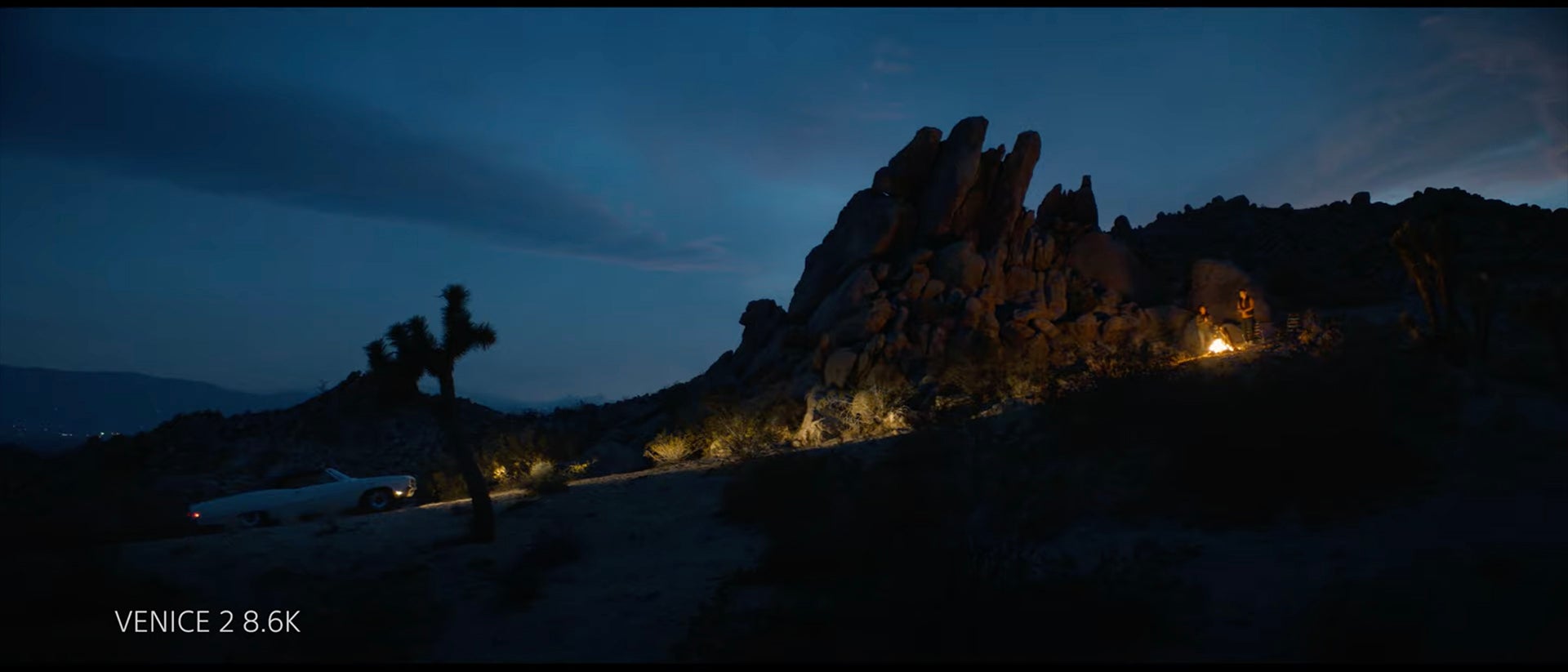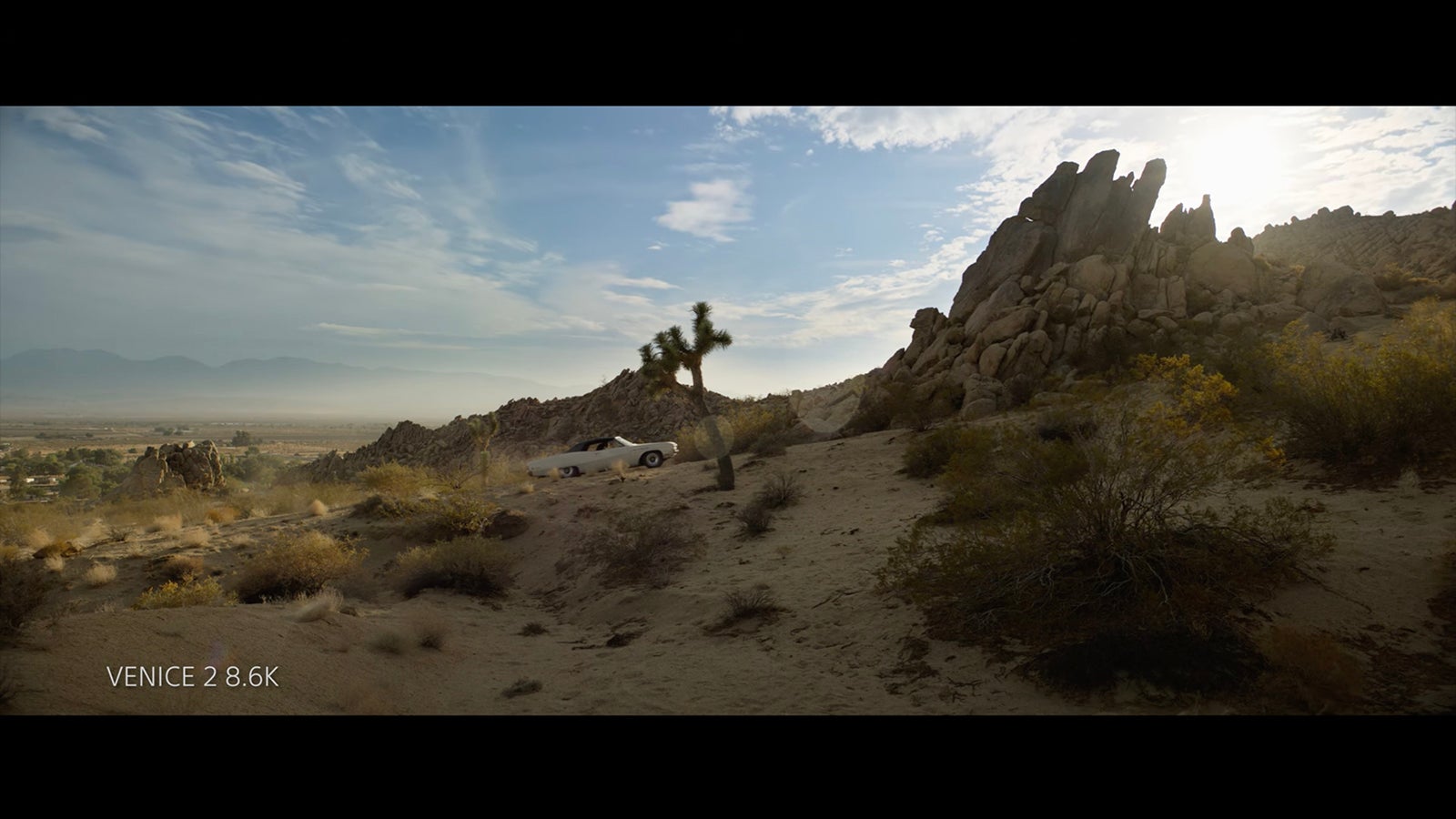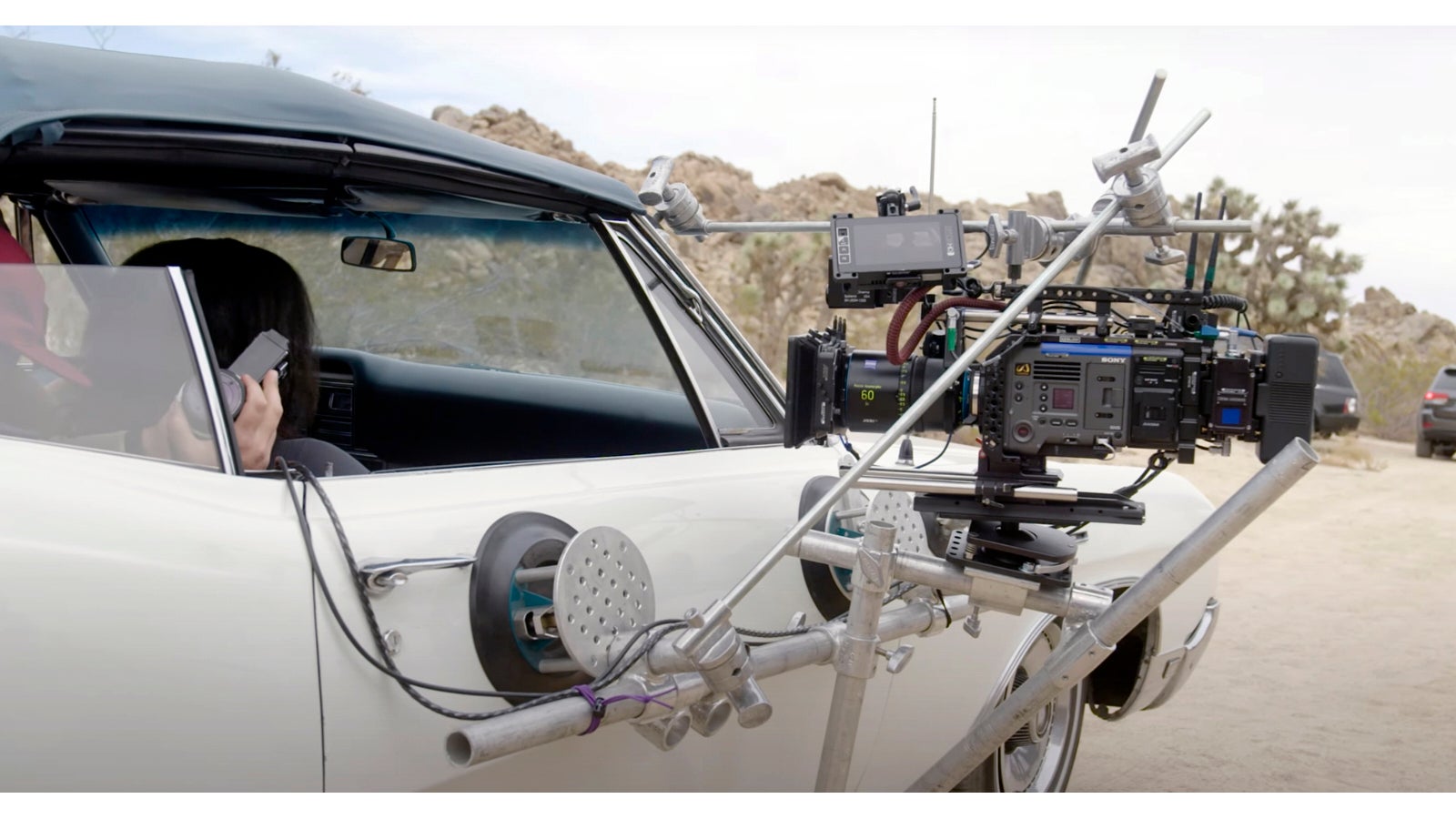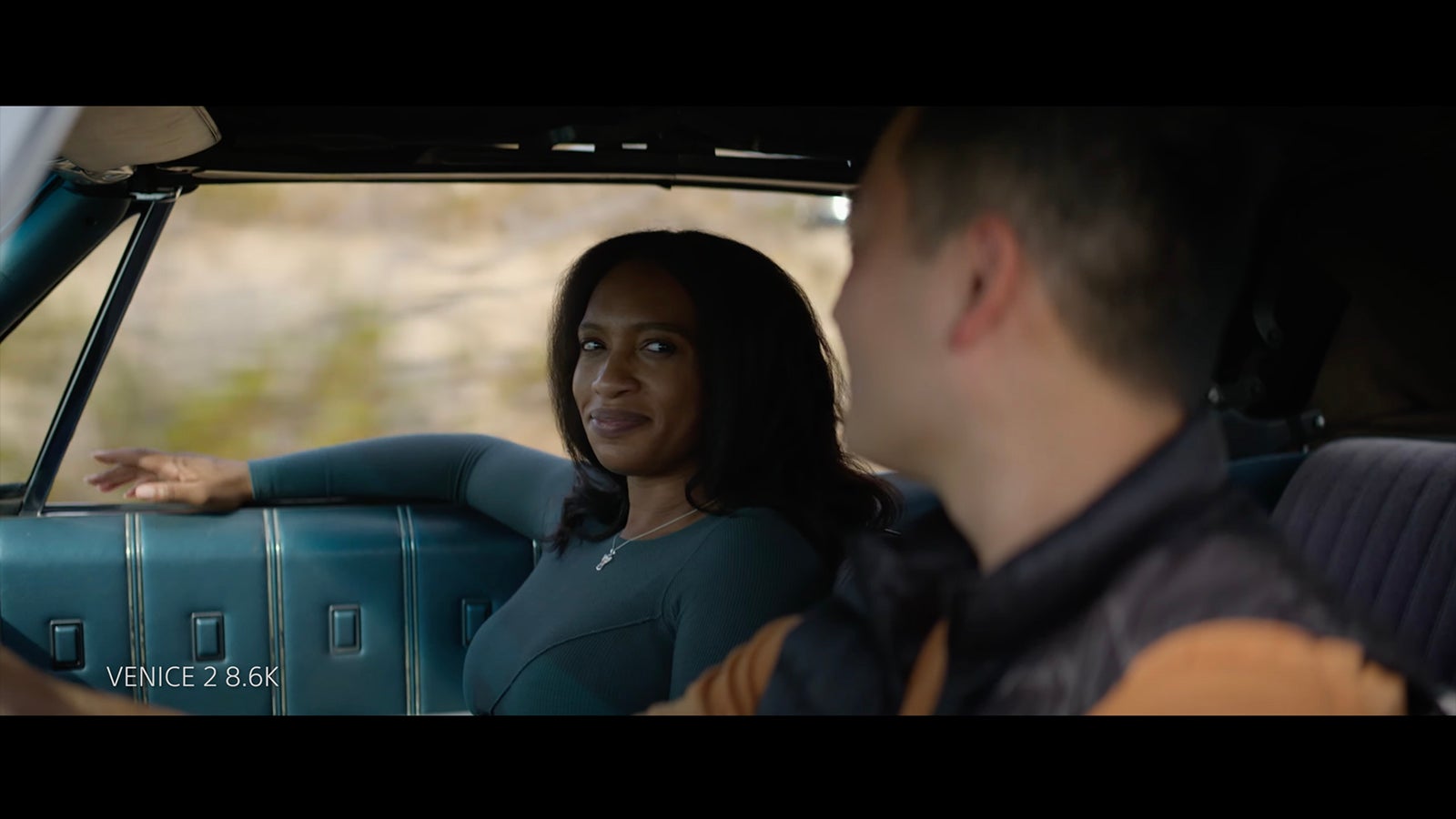
11-15-2021 - Case Study, Gear, Technology, News
Claudio Miranda, ASC, Puts The VENICE 2 Through Its Paces
By: SonyCine Team
Cinematographer and long-time Sony shooter Claudio Miranda, ASC, is no stranger to the power of VENICE, having used it to shoot several projects including the highly anticipated blockbuster Top Gun: Maverick. As someone well versed in the original VENICE camera, we asked Miranda to put the new camera through its paces and analyze the differences between the original and the newly launched VENICE 2.
For his test of VENICE 2, Miranda took inspiration from his 2017 film The Dig, shot for the launch of the original VENICE. The nighttime bonfire sequence in his test film offered the perfect opportunity to test the camera’s lowlight and highlight performance. “How does the highlight roll off? How does the lowlight go into the black? Does it go red? Does it get too saturated? That's my personal bias of what this test was about,” explained Miranda.
The results, in Miranda’s own words, are “freaking stunning.” He added, “It's clean. The noise, if you do hit it, is organic. It doesn't feel overly electronic. And I just like the way it feels. I shot a fire shot at 3200 ASA that's intentionally overexposed, and I just thought it had this natural, organic feel. The low light footage is really amazingly clean.”

Miranda is similarly impressed with how VENICE 2 controls highlights: “There was so much detail in the sun. And I thought it was so amazing to look at it and see when the sun finally hit, how the rolloff was happening, it’s outstanding.”
Asked about how the camera handles grain in low light, Miranda explained: “What I shot was intentionally looking for the grain, intentionally going to a really grainy point where 3200 ASA was not even enough. And to look at the city in the grain, I just thought the grain looked beautiful. I think it's beautiful grain. I like the way the grain structures when it does get into low light, I love the way it pulls up.”

Going in the opposite direction, Miranda also shot at the lower 800 base ISO, and the camera once again held its own: “It’s clean as silk. There's plenty of range in the highlights, plenty of range in the low lights. I’m really happy with this camera.

When it comes to the evolution of the technology and the differences between the original VENICE and VENICE 2, Miranda noted a few key elements that are game changers for future productions.
First, the size of the camera: “I love the size. The form factor is perfect, perfect for Steadicam, underwater work, drone work. Now you can go in the air with a raw camera with half a payload and you can just get more. You have more opportunities with this form factor.”
Secondly, Miranda looks forward to expanded creative potential with the new 8.6K sensor in the VENICE 2. “Having higher resolution to the image can allow you to do some reframing, which could be handy in tight spots. For instance, in the jet [in Top Gun], I could have gotten a wide and a much tighter close-up on Tom with the same lens, so that [increased resolution] will definitely help.”
Also, the higher resolution in Super 35 mode opens new possibilities. Miranda says, “Another thing that's a plus about VENICE 2 is now you can shoot Super 35 at a higher resolution and reframe and still maintain a 4K output. Normally it was 4K at Super 35 and that was my limit. I couldn't keep a 4K resolution, but now I can do 5.8K at a 4K resolution, which allows me a 20% blow up and still maintain a 4K output at Super 35. So being lens agnostic, that's pretty amazing.”

Lastly, Miranda noted the internal NDs, a very popular feature carried forward from the original VENICE. “I always use the NDs as a way to adjust depth of field, and I find them very intuitive. For me, I always find depth of field is something you play with. Maybe you may want to try to get a shallower depth of field, but sometimes in close-ups you want to increase it. So it's nice to be able to adjust it. There's no change in colorimetry between ND3 all the way to 2.4. Some of the cameras, it does change your colorimetry a little bit, greens it or tints it or mutes it in a funky way. I love the NDs that are in the VENICE.”
Miranda also noted other areas where VENICE 2 maintains the high standards set by its predecessor, such as color science and how the camera renders skin tones. “The color feels beautiful, just as it does for VENICE 1. Skin tone, just as good. I’ve always found the skin tone on VENICE pretty amazing.”
What’s Miranda’s bottom line when it comes to the VENICE 2? “I love that it's smaller. I love the form factor. It's the perfect size. I like the color. I like the extra resolution for potential blow ups in the Super 35. Now you have a form factor that is just really easy to work with and you can get raw recording everywhere. All the NDs are built in. I feel it's what I always wanted from the VENICE. For me, it's the whole enchilada. It's everything I want in a camera.”
For more details on the new VENICE 2, check out these additional stories:
VENICE 2 Is Here | Learn All About It
Rob McLachlan, ASC, CSC, Brings Venice 2 Home




